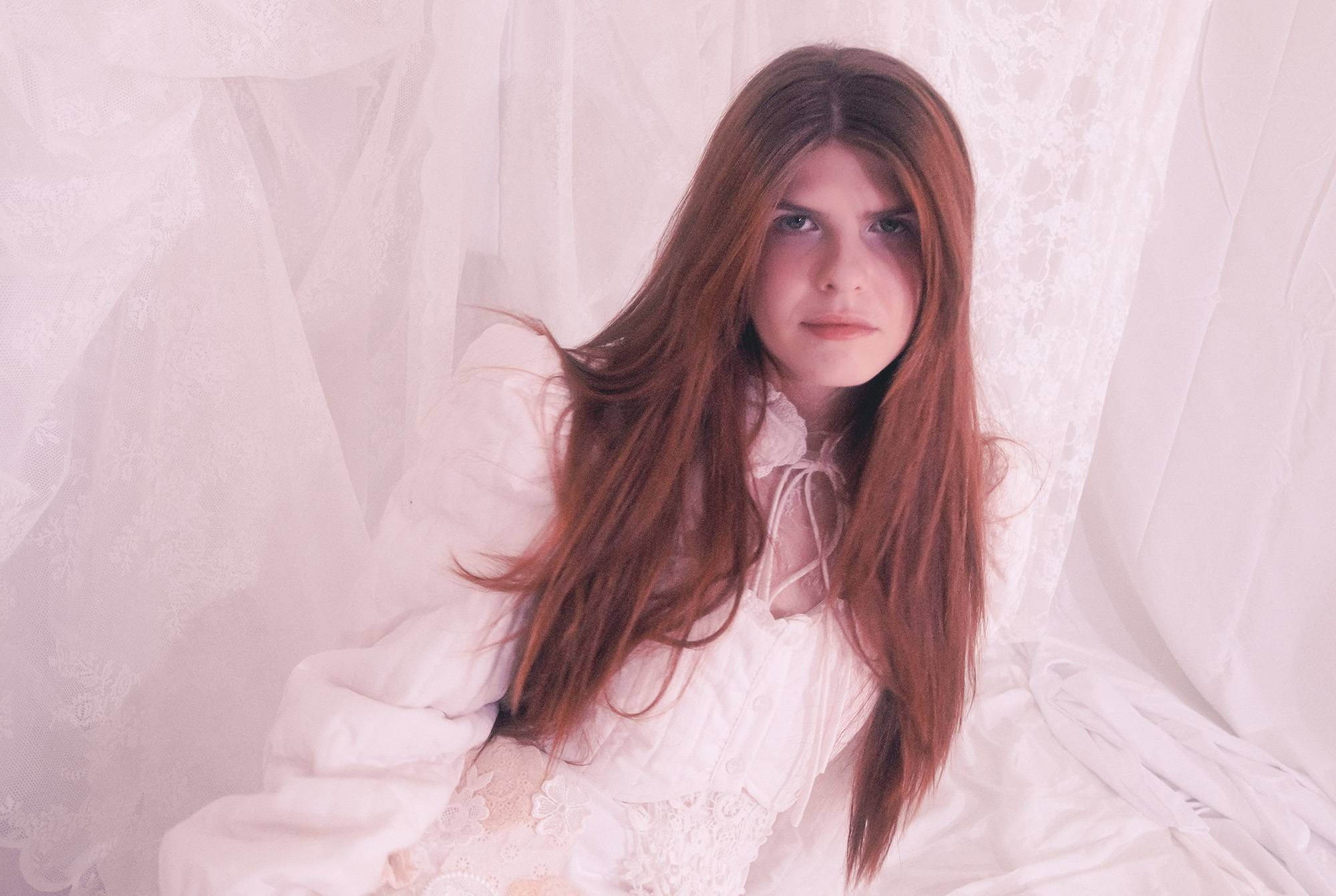
Earlier this month, Drake jumped on a song by a mostly unknown Memphis rapper. The song is now one of the most popular in the country. Two weeks later, its music video has over 20 million hits on YouTube, almost 30 million plays on Spotify, et cetera et cetera. Now BlocBoy has a feature in XXL. Articles like “BlocBoy JB is now in the running to become America’s next top rapper” from The Fader have begun to pop up around the internet. Suffice to say that, as a result of one song feature, this persons life has changed forever.
Drake is so powerful, it’s creepy. Few people on Earth without “CEO” or “President/Prime Minister” in their title have a greater influence over large populations of people as he does. You’d be hard pressed to find more than a few hip-hop artists of this generation who’ve come up without the help of a Drake cosign. He hopped on “Tuesday” and created iLoveMakonnen, remixed “Tony Montana” and out came Future, gave “Versace” a verse and helped birth Migos. It’s amazing to think back now on his 2012 “Club Paradise” tour, which featured such up-and-coming rappers as Kendrick Lamar and A$AP Rocky as opening acts. Today, that same show would cost you an arm and a leg, then your other arm and your other leg too if you purchase secondhand.
Cosigns and song features long precede Drake, and hip-hop was on a track towards the mainstream even before he entered the set of ‘Degrassi’. But in a music space where a single artist can vault another artist to nationwide (even worldwide) fame solely on the basis of a single guest appearance, it makes sense that features have become comparably as significant to a song’s success as the quality of the music itself. It’s why you’ll see weak album tracks like “White Sand” (Migos feat. Travi$ Scott), “Lil Baby” (2 Chainz feat. Ty Dolla $ign) and “Relationship” (Young Thug feat. Future) over-performing their superior counterparts—in this case, songs like “Countin”, “Open it Up” and “Me or Us”, respectively. Furthermore, in an environment where songs often gain popularity in proportion to the number of famous people involved, it makes commercial sense for musicians to pair up more often, regardless of actual artistic considerations.
At first this was all really cool. “Watch the Throne” put together the game’s two biggest names, and it couldn’t have been more hyped. Years later it happened again, with “What a Time to be Alive”. Of course, both albums turned out to be slightly underwhelming—good but not great, and of lesser quality than any of the involved artists’ individual works. What were the lessons learned? Perhaps that putting two artists together isn’t simple arithmetic, if you’re a listener. Or, if you’re a label, that a collaborative album of enough star power can sell regardless of quality.
In 2017, it felt like we learned the second lesson but not the first. There was the 21 Savage-Offset album which was pretty good, and the Travi$ Scott-Quavo tape that was supposed to be even better but ultimately turned out worse. Metro Boomin’ and Gucci Mane put in a solid project with a couple of certified bangers, but Young Thug’s mixtape with Future was nt worth a second play through.
I think it’s great that rappers these days are friends, and the violence and territorialism of the 90’s isn’t really around anymore. And I’ll admit I’m part of the problem here: when the hype machine starts rolling on, say, the rumored Migos-Young Thug tape, I’m right up on it. I’d also never presume to tell anyone else what to listen to. But maybe we could do more to reward quality of music, rather than this additive fame factor, by being aware of ourselves.
BlocBoy is better than Drake on “Look Alive”. We’re at the point now where that sort of thing really doesn’t matter.
If you’re interested in following up, I’ve put together a playlist of all the songs I’ve mentioned in this piece (including a track from each of the albums mentioned, as well):
Nate Nelson is an NYC-based writer and podcast host.
POP⚡ DUST | Read More…
Lil Uzi Vert’s Greatest, Lost Song














